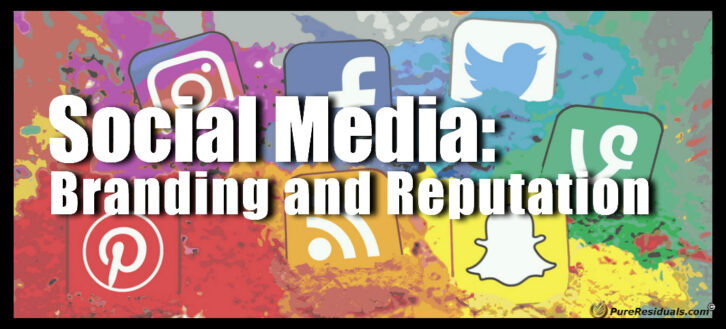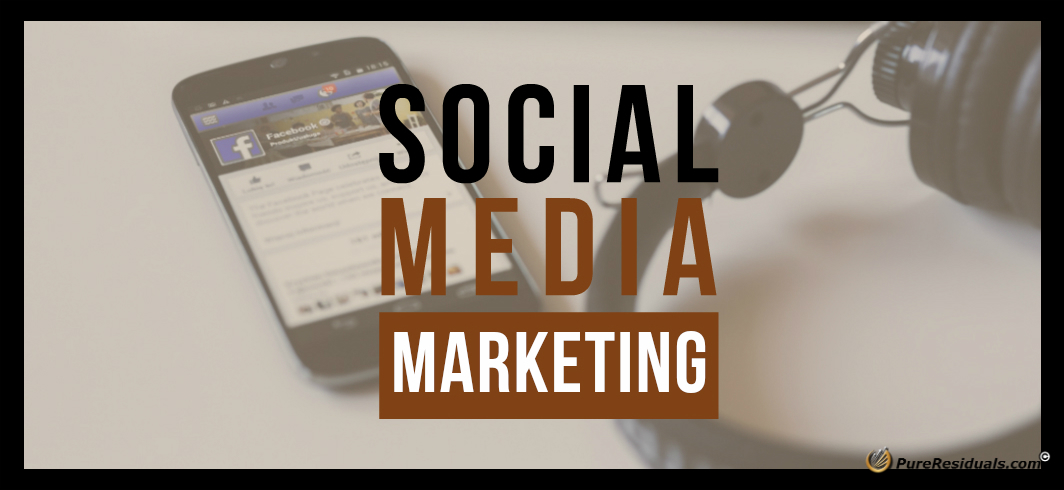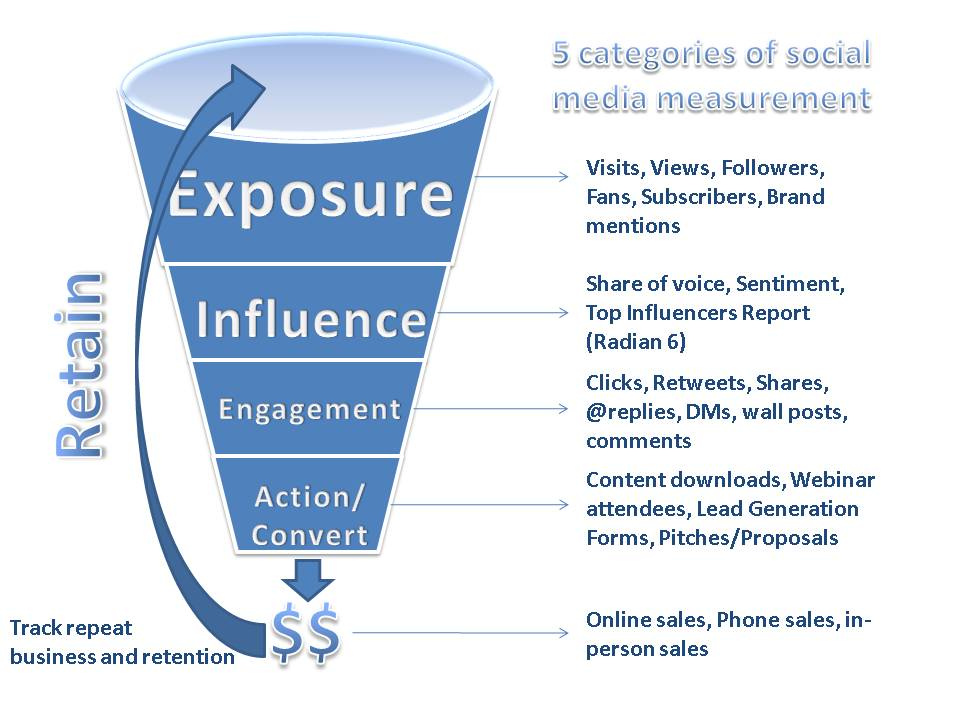How to use Social Media to Build the Brand and Reputation of Your Small Business
Social media is an everyday concept for most modern businesses and consumers. When it comes to your brand reputation, getting it right is key, and doubly so if you’re a small business. With this guide, we’re going to outline how to use social media to build your brand as a small business, and improve your reputation along the way.
Figure out which social media platforms will work for your brand
Social media’s popularity has snowballed in recent years, with a range of platforms developing for business use. You have platforms including Facebook, Twitter, Instagram, Pinterest, Snapchat, Youtube and Linkedin to consider, and even more, are jostling for position. Here are the biggest platforms you’ll need to consider as a small business owner:
Facebook
Facebook has always been the main platform to grow brand awareness, and with the ‘book now’ (or other call to action) option on business pages, consumers can directly make a sale or send traffic to the website. With the ability to share anything from your latest articles to image posts and videos, it’s a platform which offers a variety of different ways to promote your brand.
Twitter
Twitter is a more interactive platform for engaging with an audience. Compared to Facebook, the channel is slightly more personal when it comes to talking with your audience and creating discussions.
As Twitter is a continuous stream of tweets, the platform is most successful for smaller businesses when you share others’ content and engage with popular accounts, including bloggers, vloggers or known online names. Twitter also isn’t as formal as Facebook, and the posts can take more of a laid-back approach when promoting your business.
Instagram
Instagram is visually pleasing and works best if your business has a ‘pretty’ thing to sell, such as travel, homemade products or fashion as these brands are amongst the most popular on this platform.
The user age range for Instagram is generally lower than Facebook. If your product or service is aimed at a younger age group or has ‘Instagrammable’ images, it may be worth giving it a shot and building an audience.
Pinterest
Pinterest has proven to be the platform that will bring a lot of traffic to the website if you’re heavy on the content. Blog posts and articles work well with this platform by creating longer images or shareable infographics. Also, unlike the other platforms, the content is timeless on Pinterest because users will constantly be repinning old content.
Snapchat
Snapchat, the filter heaven of social media has a mainly younger audience and works best for certain kinds of businesses. It’s worth creating a Snapchat account if your target demographic is particularly younger and you understand that type of audience. However, with the bad press, Kylie Jenner gave the platform recently, it may be on its way out.
Youtube
Youtube has rocketed over the past few years with vloggers taking the center stage. There are lots of niche influencers with highly engaged audiences on this platform which could be worthwhile for small businesses. For businesses with a niche product who are willing to get creative, Youtube is the route to take by collaborating with these Youtubers.
LinkedIn
Linkedin is a social platform every small business needs to have. It’s a huge channel for finding business to business (B2B) clients and advertising to other businesses. It’ll allow you to connect with similar businesses, share advice and build a reputation through expert articles.
Establish a tone of voice
From the moment you create your social media account, your focus should be on nailing your brand’s tone of voice. The tone of voice will come down to your branding and keeping this consistent throughout all social platforms.
For instance, a small realty estate business would be expected to have a formal tone with their audience; a villa brand aiming their products at families, on the other hand, will tend to use a lighter approach. Once a tone has been established, it’s vital to keep it going throughout posts and messaging users on the platform.
Follow relevant accounts
A big following doesn’t come overnight, especially for a small business. The best way to get started is to follow relevant accounts for your target audience and business. This way, your newsfeed will be full of relevant and relatable accounts you can interact with. As you both share the same interest, they’re more likely to follow you back and engage with your content, compared to someone who has nothing in common with your account.
Set a posting schedule
The best method for keeping on top of your content is setting a schedule of when you’re going to post – and choosing the right scheduling software. There are a variety of scheduling apps which can post across all social platforms, including Buffer, Oktopost, and Hootsuite. They are all slightly different from the next, but they all post out the content efficiently. Have a look at their features and functionality, and choose whichever you prefer.
Once you’ve set up a scheduling profile account, you need to arrange a posting schedule. If you’re a small business, the more active you are, the better. You should aim to post a couple of tweets a day, one or two Facebook posts, posting daily on Instagram and several times a week on Pinterest, plus interacting on these platforms.
By doing this you’ll keep your brand image consistent, and demonstrate that followers will see your content regularly. Once you’ve posted through a scheduling platform for a while, you’ll gain more insights into when people engage with your content the most, and consequently when the best times are to post.
Don’t follow to unfollow
In terms of Twitter and Instagram, the phrase ‘follow to unfollow’ is common for most brands and online influencers. In short, don’t listen to them – and especially don’t follow and unfollow straight after they follow you back. This links in with following relevant accounts; if you’re following accounts which offer value to your brand, there shouldn’t be any reason to unfollow.
Proceeding with this method will make your brand look untrustworthy, as your followers will see you are only in it for the numbers and are not interested in content by other creators. This can ruin the brand reputation of a small business, and instead of building an online presence, people will unfollow you.
Engage with your audience
Engaging is key to building the brand and online reputation of a small business. Consumers want a brand to be helpful, have good online customer service, and to share things that they’re interested in. To win engagement, you need to do exactly that.
Share content from other users, tweet a blogger if they’ve written a good post, comment on people’s Instagram posts, and re-pin images to your board to show others you’re engaging. In return, these users may give you a follow, or engage with some of your posts.
Social media is all about building an online community, and by engaging with each other and sharing relevant content, you’ll present yourself as a strong online presence.
Be a useful resource for your audience
Depending on the nature of your small business, you can build its brand and reputation by being a resource to your audience. This can entail being a customer support line on Twitter, offering the option to receive messages on Facebook, or sharing useful articles which are relevant to your business. By becoming an online resource, your audience will see you differently to a typical brand, and more like a helpline which deals with queries and concerns in your industry.
Post a mix of your own content and others
Ultimately a business will use social media to promote themselves, however, if your accounts are constantly saying ‘check out our product/service’ and not acknowledging other sources, then you’ll turn people away from your brand.
There’s a 5:3:2 social media content rule which everyone should stick by, especially small businesses. It goes as follows:
- 5 should be content from other sources which are relevant to your audience;
- 3 is the content you produce yourself, sharing everything about your products/service that is also relevant to the audience;
- 2 should be more ‘human’ posts, including fun content which humanizes the brand to your audience.
This rule is all about the audience. If you want them to go ahead and purchase a product or use your service, you need to give them a reason to trust and acknowledge your small business.
Ask questions
An important way to drive engagement and build your brand through social media is simply to ask questions. If you create a social media post with a question, your audience are more likely to interact than if you write a statement and attach a picture. Feedback is key to building a reputation for your small business, and a question gives them something to run with and query back.
Work with influencers
The online community is constantly expanding, and a great way to expand your brand and reputation with it is to work with influencers. The vlogging and blogging worlds – i.e. video and written content – have both taken the world by storm over the past few years.
These influencers have created brands and businesses for themselves by gaining a loyal following online, most of whom interact with and support their content. Working with online influencers can allow your small business to reach a wider audience, and keep your positive reputation going.
There are plenty of bloggers and vloggers to choose from, and you’ll need to do a bit of research on which ones are a good fit with your brand’s message. By working with an influencer, you’ll be able to gain relevant followers who are interested in your business, and save a lot of time trying to organically grow an audience.
Social media paid campaigns
Building a brand across social media can take a lot of hard work, time and patience. With paid social campaigns, however, you’ll be able to grow that target audience a little bit quicker.
These can work across all social platforms, and function by targeting your brand’s key demographic with an incentive to make them click through and follow your brand.
Link to social media profiles in email signature
Networking is another way to build your brand and reputation, which can happen through sending an email. By linking to each of your social platforms from your email signature, the recipient of the email is able to click through and check out your platforms at a glance.
It’s quality over quantity
A lot of small businesses aim for big numbers, fast. However, this isn’t the approach to gaining followers. As a small business, you should aim for followers that are authentic and genuinely interested in your brand, or else your engagement will suffer.
Fake followers or bots will show your brand as being untrustworthy and ruin your brand image, as they tend not to engage with your posts. The best way to grow your audience is understanding what makes your brand unique and engaging with relevant accounts. A genuinely strong following doesn’t grow overnight.
Author Bio:
As the founder of Open A European Company.com, Heather Landau has honed her skills in service advisory from the pragmatic to the practical. With 25 years’ combined experience in international marketing and business development, Heather is a leading voice on company formation and works with partners to provide online reputation management services.













